Latest Articles
Java Q and A for Interview Success
Are you getting ready for a Java job interview and want to know the most common questions? You're in the right place...
Role and Responsibilities of a Data Scientist
A job description defines the work you will do, the abilities and equipment you will require, and what job listings desi...
How to Manage Risks and Plans in PMP
If you sit down with any project manager and ask them what they believe is most critical in managing a project, you will...
10 Ways Big Data Analytics Can Boost Your Career
Big Data is everywhere. Businesses would like to capture and store as much data as they possibly can so they will not be...
Useful Data Science Applications You Should Know
The Data Science role has expanded over time. Now, as computers are quicker and storage is affordable, we can come up wi...
How Lean Thinking Can Transform Your Organization
When you first hear about Lean Thinking, you might think it’s just a process or a set of steps. While that is part...
How Team Collaboration Works Importance and Main Types
Teamwork is when individuals work together to finish a project or task. It is when you hear the other individual out, pr...
How Cloud Tools Are Changing the Tech World in 2025
Cloud computing is a very relevant topic in technology nowadays, but the majority of people still have no idea what it i...
Powerful Cyber Security Tools to Use in 2025
Cyber Security is also referred to as Information Security. Most individuals desire to start a career or switch to cyber...
Kickstart Your Tableau Learning Journey
As the world gets more and more connected, huge amounts of data are generated daily. Big and small businesses use data t...
How Databases Help Store and Use Information
Data means information, and to keep this information organized, we use something called a database. In this article, you...
Six Sigma Control Plan for Process Improvement
Six Sigma is a problem-solving technique with facts and figures. It started in factories but can now be applied to a wid...



.jpg)




.webp)
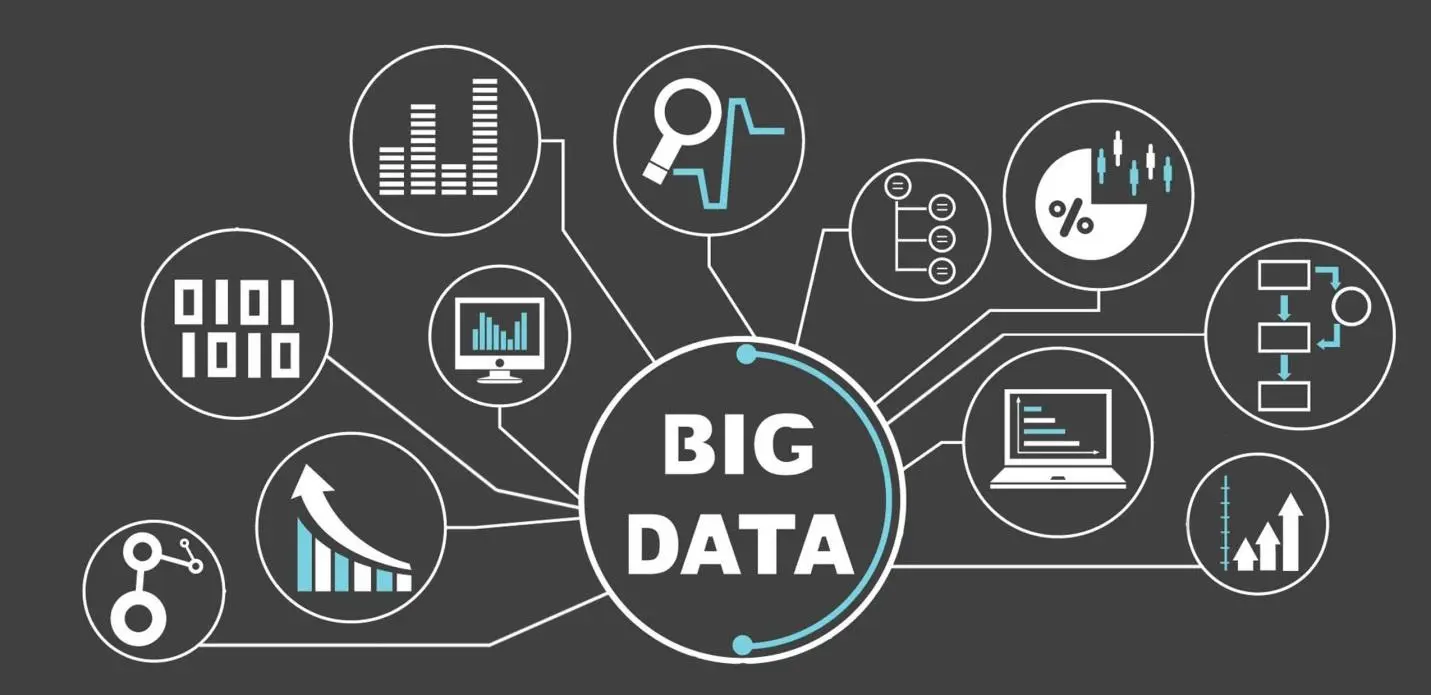
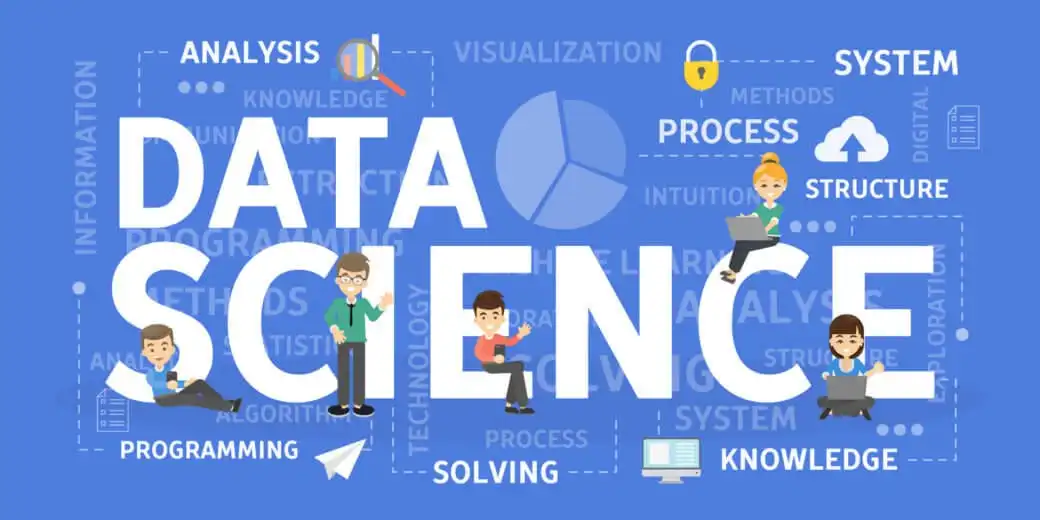

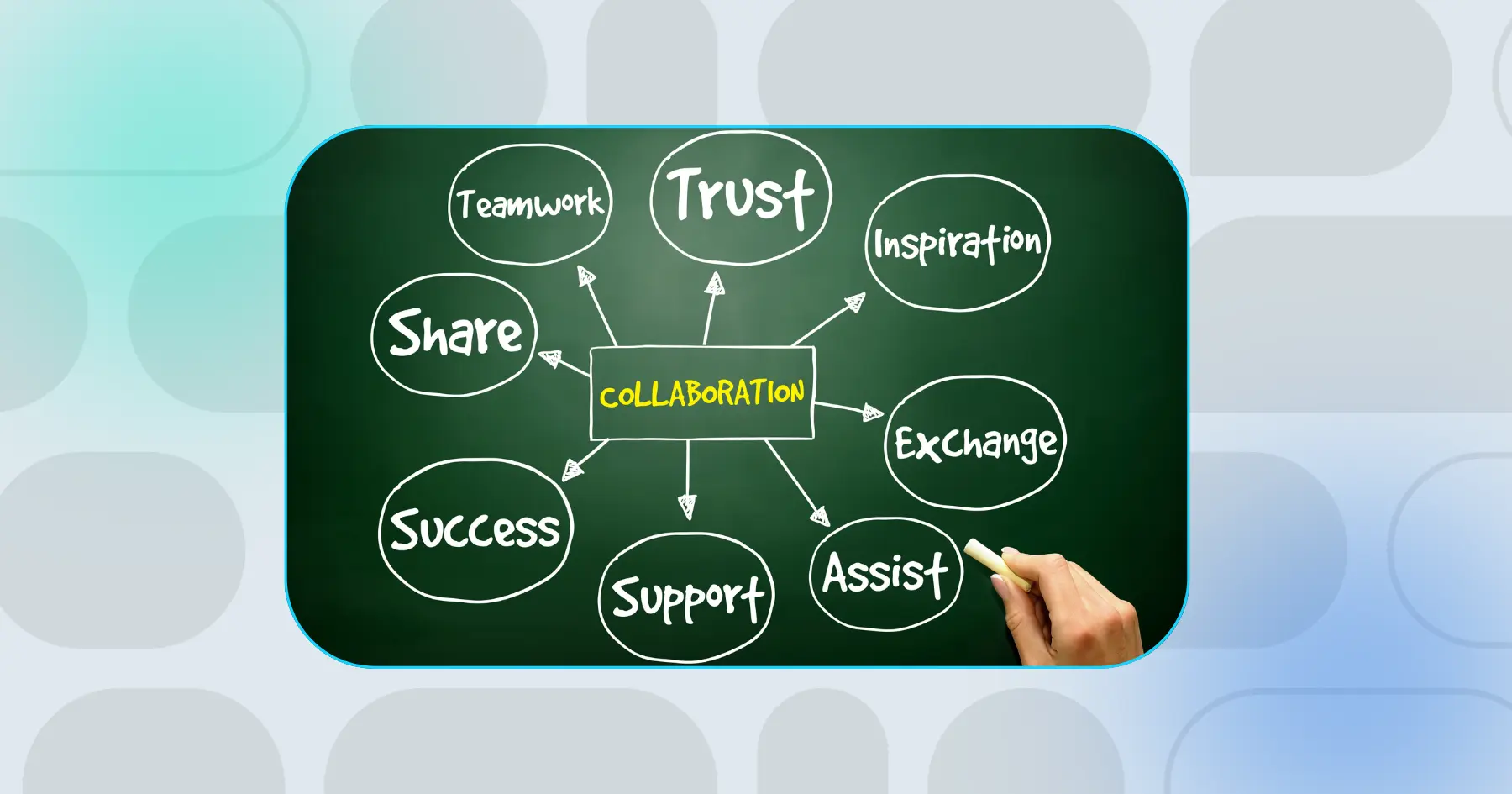

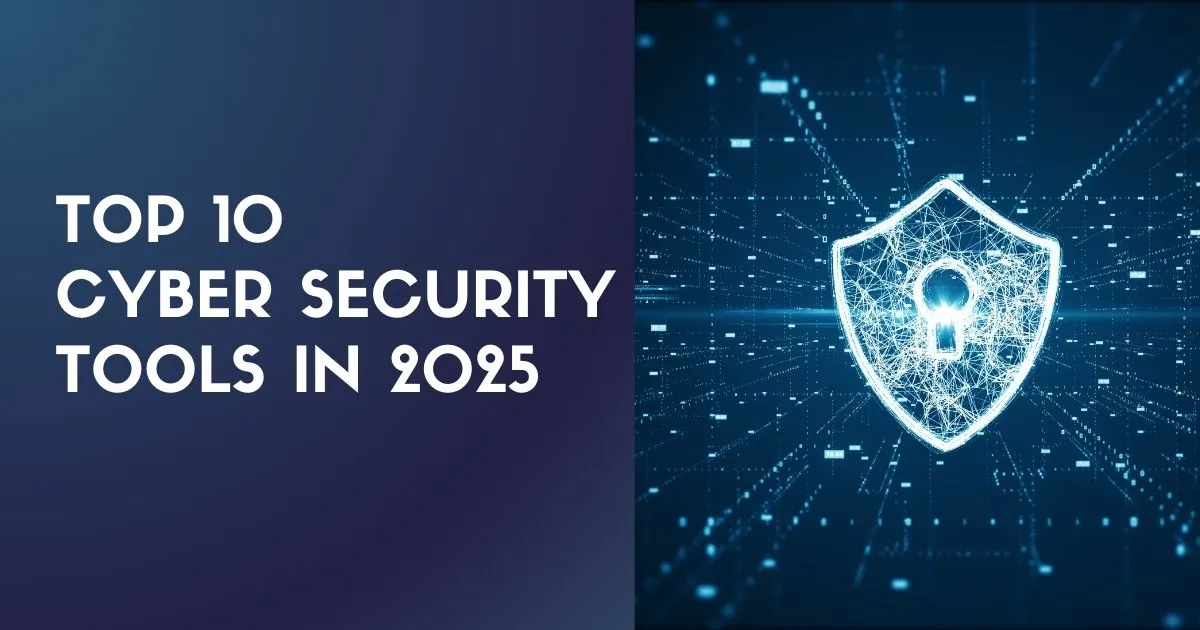
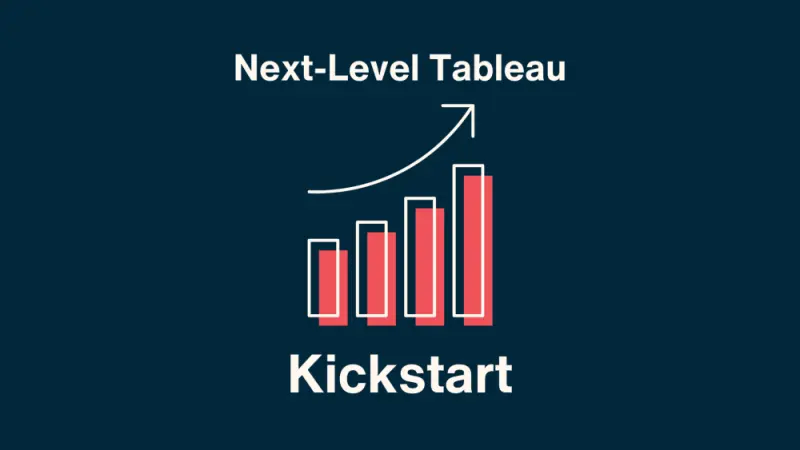
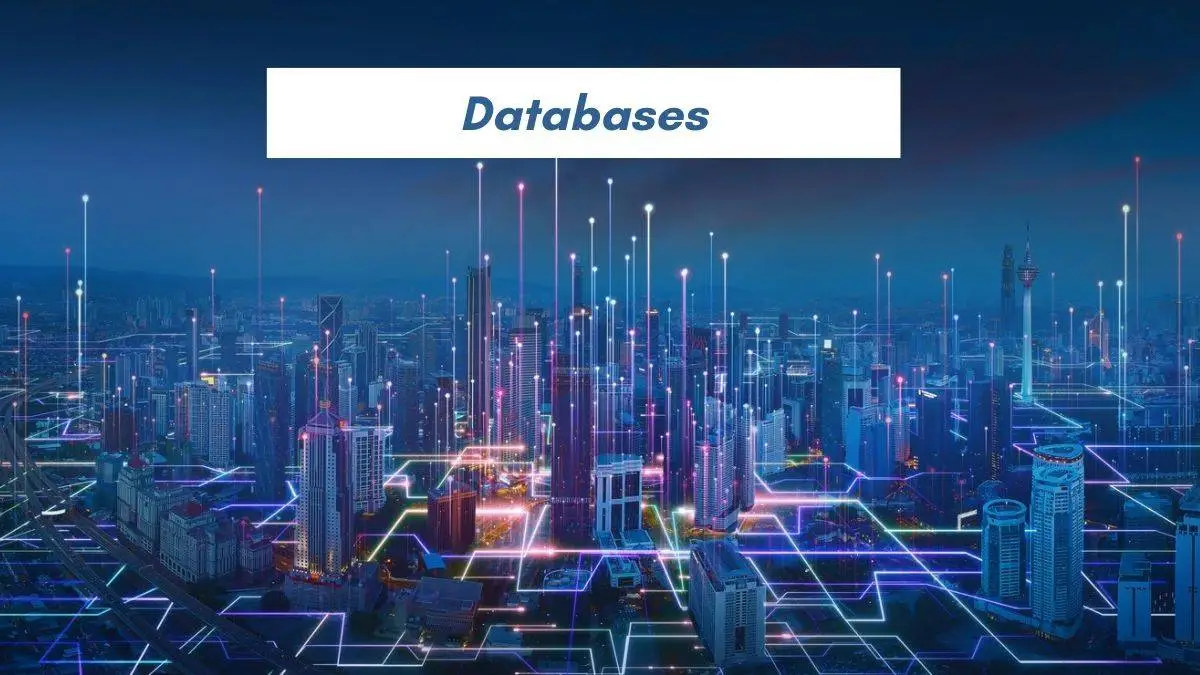
.webp)


